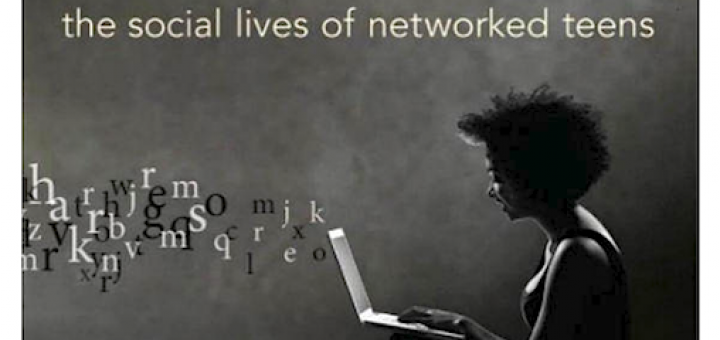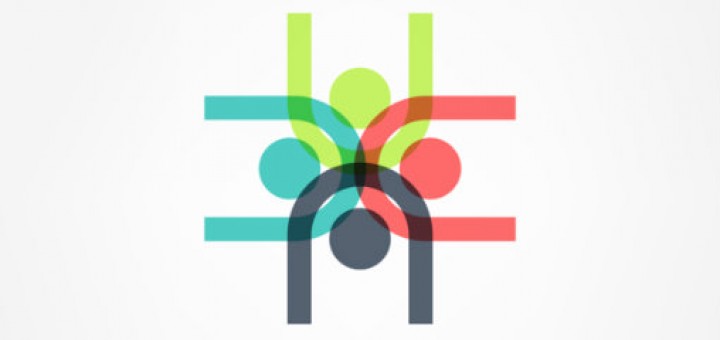Teaching and learning in grades 4-8
In Mindsets in the Classroom, says reviewer Katie Gordon, author Mary Cay Ricci provides a thorough foundation in what growth mindset is, why it matters, and how to foster it in key stakeholders, namely teachers, students, and parents.
In To Look Closely: Science and Literacy in the Natural World, Laurie Rubin draws you into her students’ excitement as they explore sun-lit spaces outside their classroom and participate in scientific observation, journaling, poetry and discussion.
In her book about the social life of networked teens, Internet scholar danah boyd “issues a call to all of us who are adults to take more time to understand the shifts now taking place,” 6th grade teacher Kevin Hodgson writes. The guidance role of teachers & parents “has never been more important, nor more complicated.”
Beyond the rapport that teachers work to develop in all classes, co-teachers must take extra measures to connect to students with learning disabilities. Elizabeth Stein suggests ways to build rapport with kids who have a special learning history.
While there’s no one-size-fits-all STEM curriculum design for middle school, says expert Anne Jolly, the best programs she has seen have eight things in common. “Over the course of their middle school journey, students should be thoroughly immersed in all of these components.”
By debunking four myths about parent involvement at the middle level, educators can increase engagement and spark student motivation and performance, says former middle school teacher and school improvement analyst Katie Wester-Neal, who shares some helpful strategies.
Middle grades educator Jeremy Hyler & college professor Troy Hicks introduce some key ideas from their new book about reading, writing and student-driven digital learning – including several ways to use Schoology in the classroom.
Jeff Wilhelm & Michael W. Smith’s findings in “Reading Unbound: Why Kids Need to Read What They Want and Why We Should Let Them” should convince educators to reconsider traditional assigned reading lists and open classroom doors to genre fiction, says reviewer Anne Anderson.
Education consultant Mike Fisher invites readers to be active participants in a Curriculum Brainstorm, using popular music and a song’s associated music video as a way to engage close reading of text, comparative analysis & use of digital tools.
Students shouldn’t come away from a role play “having done something memorable and learned nothing valuable,” says history teacher Aaron Brock. “There should always be a core skill or concept guiding the activity.” He offers 2 examples to illustrate.








































